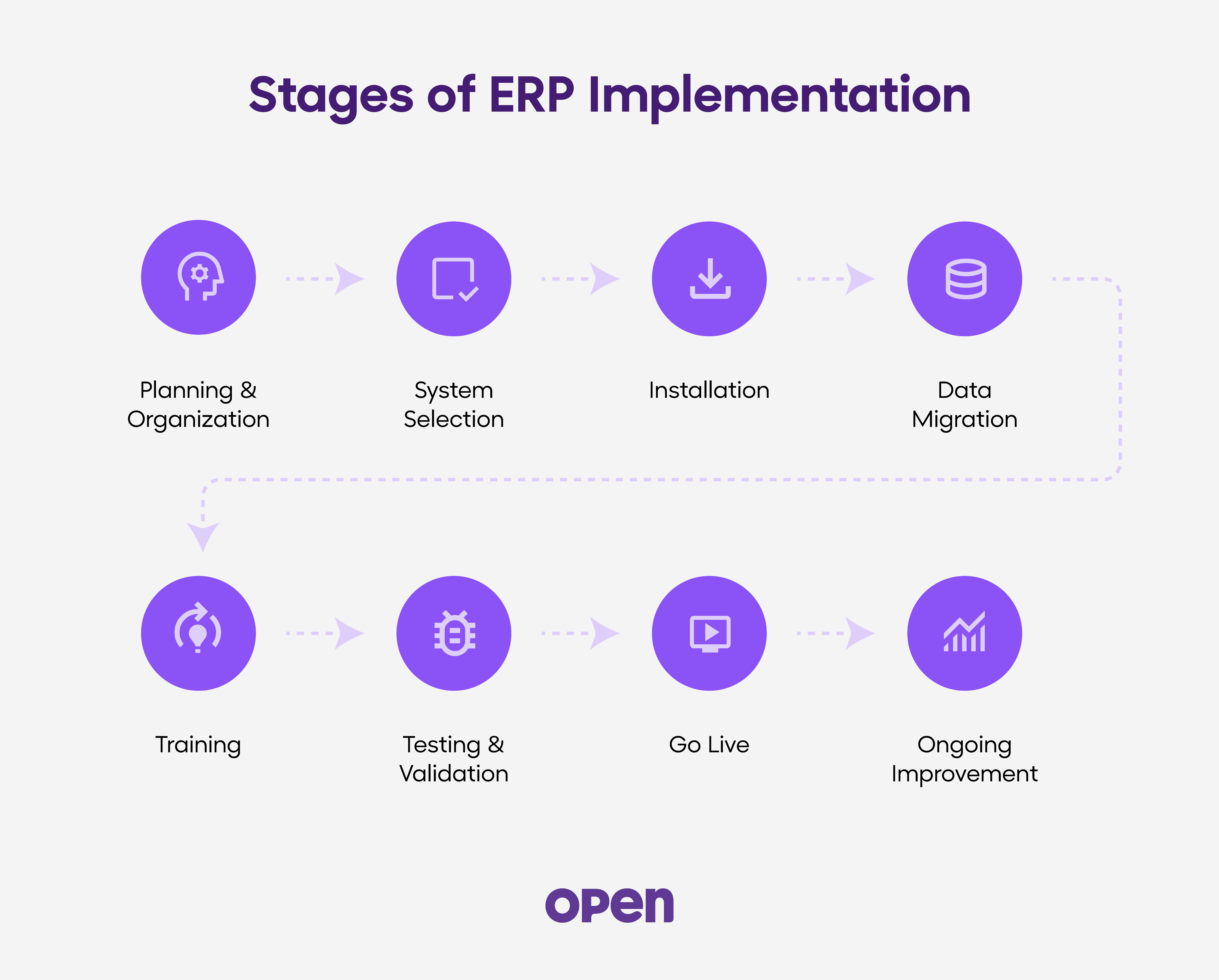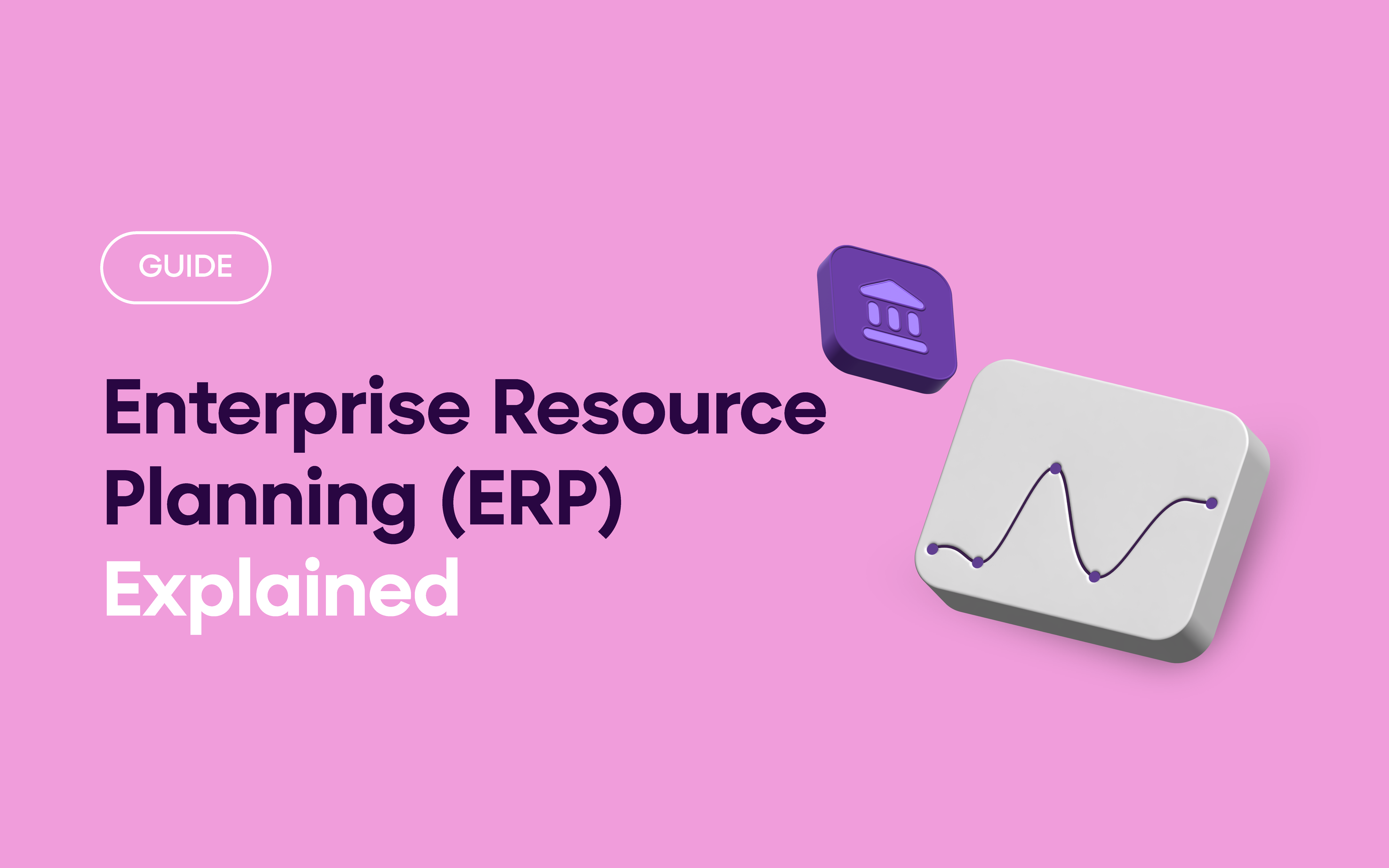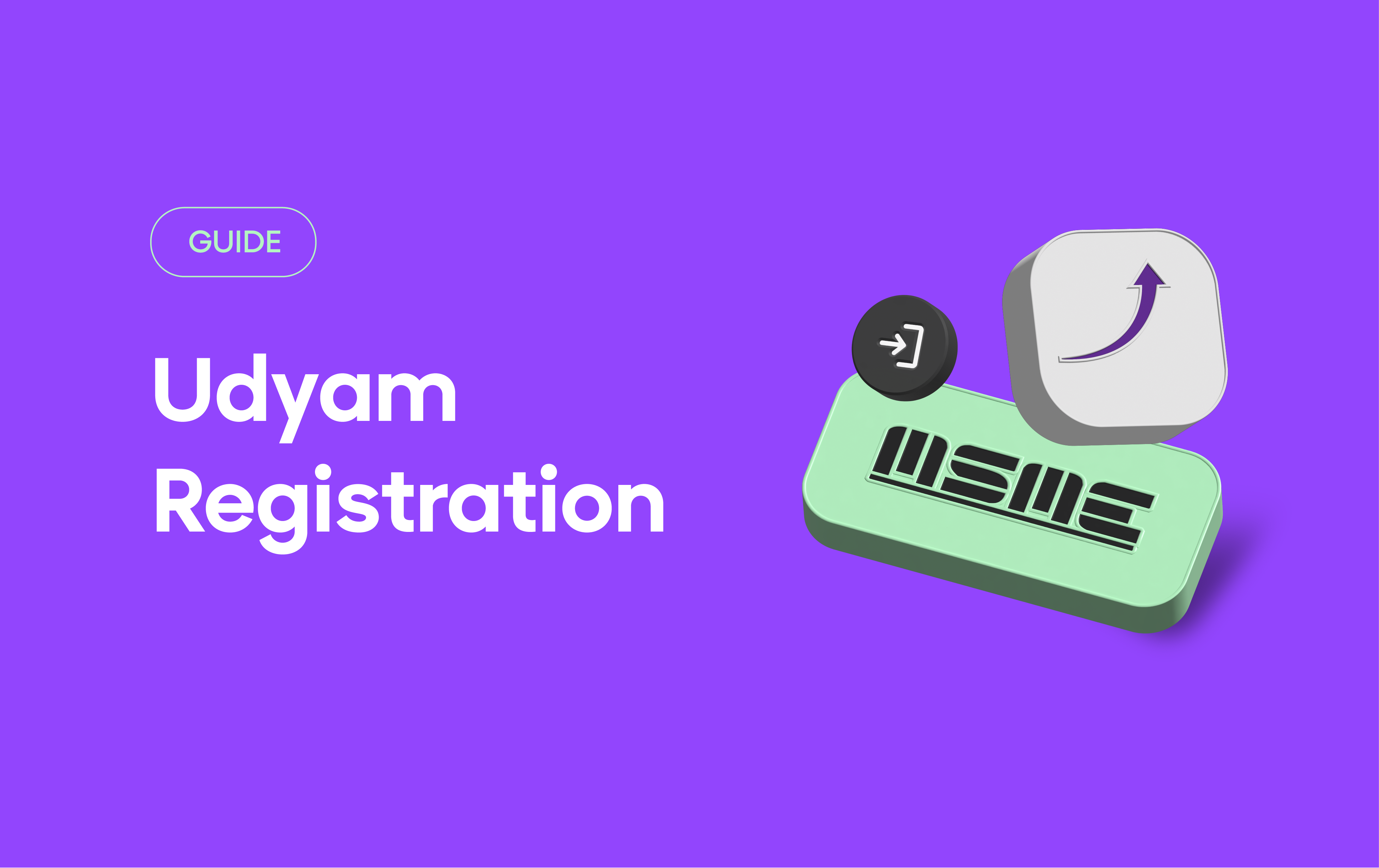Companies today constantly seek ways to enhance efficiency, streamline processes, and ensure scalability. One of the most powerful tools to achieve these goals is an ERP system. The ERP full form is Enterprise Resource Planning, and it integrates various business functions into a single unified platform.
ERP acts as the central nervous system of modern businesses, integrating various functions like finance, human resources, inventory, and customer relationship management into a unified platform. Let’s explore why ERP systems are indispensable, how do business implement them, popular options available in the market and how they can integrate seamlessly with essential business functions like banking, accounting, and compliance to streamline processes and drive efficiency.
What is Enterprise Resource Planning (ERP)?
Enterprise Resource Planning (ERP) is software that organizations use to manage and integrate the core processes essential for running their business. Modern ERP solutions are intelligent platforms that streamline workflows by automating manual tasks and consolidating critical data—across inventory, products, manufacturing, distribution, and projects. This integration ensures smoother operations and empowers better, data-driven decision-making.
Why is ERP Important for Businesses?
ERP systems are essential for businesses striving to enhance operational efficiency and scale effectively. Here’s how they help:
- Streamlined operations: ERP systems integrate multiple functions into a single platform, eliminating the need for different tools.
- Real-time data access: With up-to-date insights, businesses can make quicker and more accurate decisions.
- Boosted productivity: Automating repetitive tasks reduces manual effort, allowing teams to focus on strategic priorities.
- Scalability: Designed to adapt, ERP systems grow alongside your business, ensuring they meet evolving operational needs.
- Compliance and reporting: Built-in tools help businesses stay compliant with industry regulations while simplifying reporting.
How do Businesses Implement ERP Systems?
Implementing an Enterprise Resource Planning (ERP) system is a complex process that requires careful planning and execution. While the approach may vary slightly across organizations, every ERP implementation follows a standard life cycle comprising eight critical stages.
Implementing an ERP system requires a structured approach, typically spanning eight key stages. Here’s a concise overview:

- Planning & organization: Begin by securing leadership buy-in and assembling a cross-functional team to drive the project. Define clear goals for the implementation and communicate the plan early to involve employees.
- System selection: Identify essential requirements for your ERP solution, evaluate various options for scalability, usability, and security, and choose the system that best meets your business needs.
- Installation: Deploy the ERP system based on your chosen model—whether SaaS, private-cloud, or hybrid. SaaS solutions typically minimize installation time and complexity.
- Data migration: Clean and transfer essential data into the new system, including customer records, vendor files, and financial information. This step ensures the integrity and reliability of the data within the ERP..
- Training: Provide comprehensive training to subject matter experts and employees, equipping them with the skills needed to use the ERP system effectively in their roles.
- Testing & validation: Perform rigorous testing to ensure the ERP system functions correctly, data is accurate, and users are prepared to operate the new platform confidently.
- Go live: Activate the ERP system using an approach that best suits your business needs. Options include a Big Bang rollout, a phased implementation, or running the new and legacy systems in parallel.
- Ongoing improvement: Continuously gather feedback from users, implement enhancements, and adapt the ERP system to meet evolving business requirements.
Popular ERP Options in the Market
The ERP landscape is vast, with solutions catering to businesses of all sizes and industries. Here are some of the most popular options:
- Oracle NetSuite: Oracle NetSuite is known for its scalability and cloud-first approach, making it ideal for growing enterprises.
- Tally ERP: Tally ERP is an accounting program that seamlessly integrates with various corporate systems, including sales, purchasing, inventory, finance, and payroll
- SAP ERP: SAP ERP is a powerful solution specifically designed to address the complex needs of large enterprises.
- Microsoft Dynamics 365: Microsoft Dynamics 365 combines ERP and CRM functionalities, offering businesses flexibility and comprehensive tools for managing operations and customer relationships.
- Odoo: Odoo is an open-source ERP solution that is well-suited for small and medium-sized enterprises (SMEs), providing an affordable and customizable platform.
- Infor: Infor delivers industry-specific ERP solutions tailored to meet the unique requirements of verticals such as manufacturing and healthcare.
Extending ERP Functionality: Banking, Accounting, and Compliance
While ERP systems are robust, their capabilities can be significantly enhanced by integrating critical business functions like banking, payments, and compliance. This integration ensures seamless finance workflows, accuracy, and financial management.
Banking and Accounting Integration
Integrating banking and accounting with your ERP system eliminates the need to switch between multiple platforms or manually reconcile transactions. With platforms like OPEN, businesses can directly connect their ERP with their bank accounts. This enables:
- Automated bank reconciliation: Real-time synchronization between your ERP and bank accounts simplifies financial accounting by automatically matching transactions and reducing manual efforts.
- Payment management: The ERP allows you to initiate and track vendor and customer payments directly, streamlining the payment process and ensuring better control over financial operations.
- Cash flow insights: With the ERP, you can gain a comprehensive view of your cash flow in one place, eliminating the need to log in to multiple platforms and improving financial decision-making.
Learn more about integrating your ERP with banking and accounting using OPEN’s ERP integration.
Compliance Integration
ERP systems can also be integrated with compliance tools to ensure businesses adhere to local and global regulations. Automating compliance workflows reduces the risk of human error and ensures the timely filing of reports and taxes.
The Future of ERP: Trends to Watch
ERP systems continue to evolve, driven by technological advancements and changing business needs. Here are some key trends shaping the future of ERP:
- Cloud-based ERP: Cloud technology has made ERP more accessible and affordable for SMEs. It offers scalability, flexibility, and reduced infrastructure costs.
- AI and Machine Learning: Advanced AI-powered analytics can help businesses uncover hidden patterns, predict future trends, and optimize resource allocation.
- Mobile accessibility: Modern ERP systems are increasingly mobile-friendly, allowing employees to access critical data and perform tasks on the go.
- Integration with emerging technologies: IoT, blockchain, and big data are being incorporated into ERP systems, further enhancing their capabilities and relevance.
Why Your Business Needs ERP Now
Investing in an ERP system is no longer a luxury—it’s a necessity. Whether you’re a startup aiming for rapid growth or an established enterprise seeking operational excellence, ERP can provide the foundation you need. Moreover, leveraging solutions like OPEN’s ERP Integration ensures your ERP system is tailored to meet your unique business finance requirements.
Conclusion
Enterprise Resource Planning systems are the backbone of modern business operations, offering unparalleled benefits in terms of efficiency, scalability, and data-driven decision-making. By integrating ERP with advanced tools like banking, accounting, and compliance solutions, businesses can unlock their full potential and achieve seamless workflows. If you haven’t already, now is the time to explore how ERP can transform your business.





